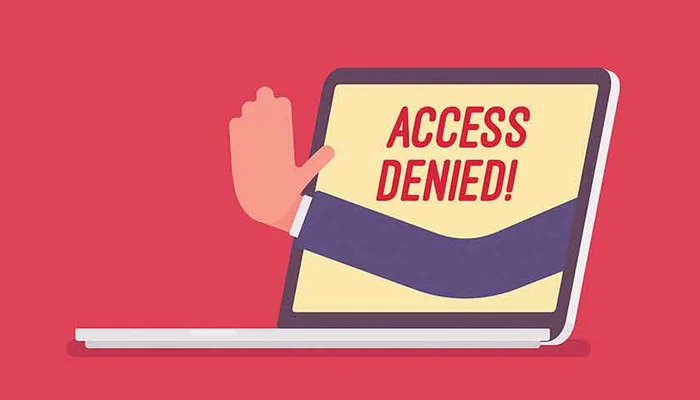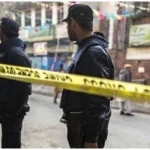Major social media sites like X/Twitter, Facebook, Instagram, and YouTube had widespread outages on January 7. Neither the Pakistan Telecommunications entity nor any other pertinent entity offered any notice or acknowledgement. However, users quickly saw the now-familiar pattern—social media platforms are mostly inaccessible, unless over virtual private networks, whenever the Pakistan Tehreek-e-Insaaf hosts a virtual event—as has often been the case with internet shutdowns and disruptions. Similar disruptions occurred on December 17, three weeks prior, during the PTI’s virtual jalsa. It was the party’s virtual telethon this time.
There were no widespread shutdowns during the 2018 elections, however “security concerns” caused mobile phone internet to remain suspended prior to and during the elections in certain areas of Balochistan and the ex-FATA zone. In addition, a month prior to the elections, the Awami Workers Party’s website was disabled. Since the number of terrorist attacks in the nation has increased, we might see comparable security concerns being invoked to support both smaller-scale and larger-scale shutdowns. Authoritarian governments all throughout the world have used internet shutdowns during and after elections. These worries are constant for elections following the extended mobile internet outage in May 2023.
For many, this is just another instance of the PTI being subjected to censorship and being denied a “level playing field” in other contexts. Over the last few months, the party has been denied coverage in the mainstream media to the extent that some anchorpersons have stopped mentioning Imran Khan, been refused the ability to run for office as a party using its “bat” emblem, and seen its top leadership imprisoned. The party has expressed concern over these infractions, but less attention has been paid to digital restriction and how it affects election liberties.
Access to digital spaces has increased dramatically over the past ten years; as of November 2023, Pakistan had 129 million broadband customers, or 54% of the country’s total population, according to the PTA.Political actors have created digital infrastructures for organizing and communication at the same time. These infrastructures include informal digital networks and social media cells that are used to spread party propaganda and messaging. It is safe to argue that all major political parties have made significant investments in digital media campaigns, even though the precise type and scale of this infrastructure remain unknown because political parties are not obligated to reveal their digital media assets and operations.







